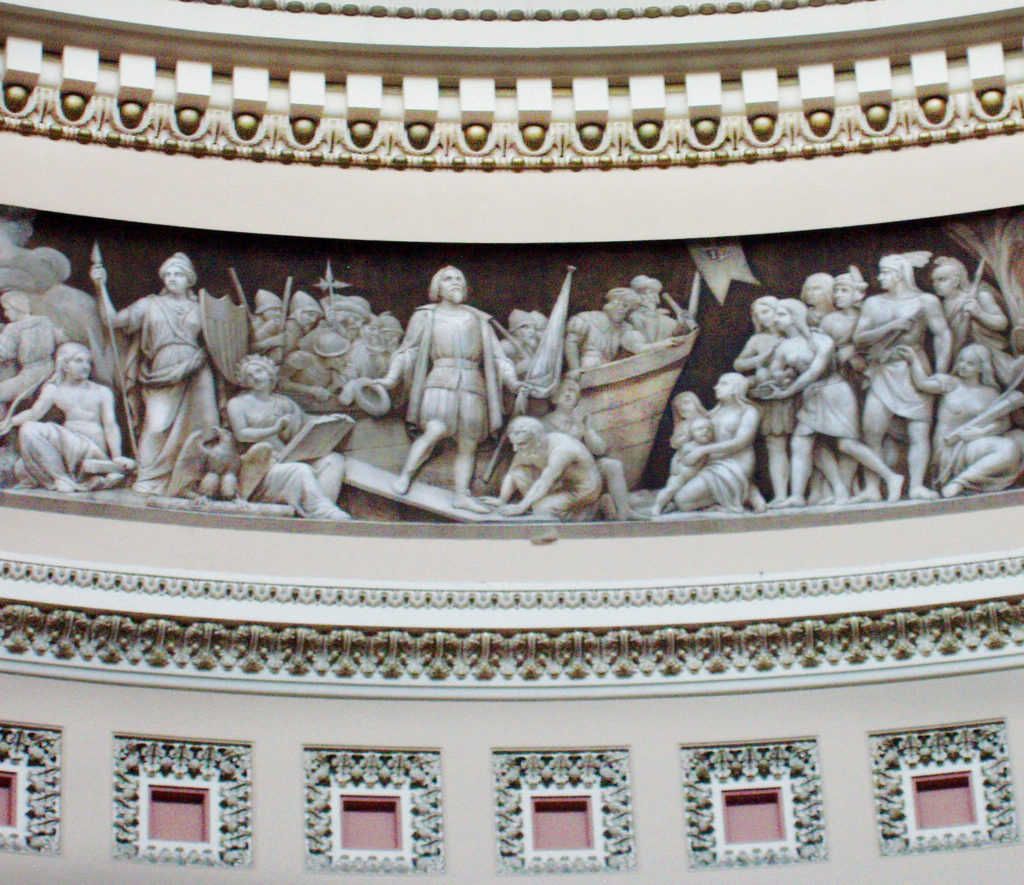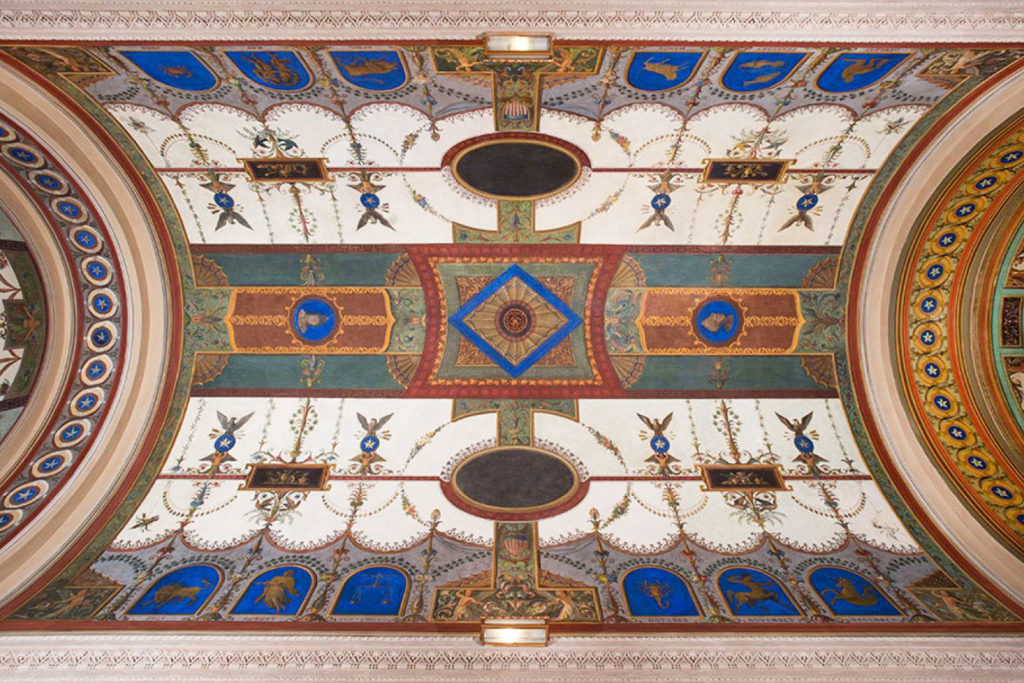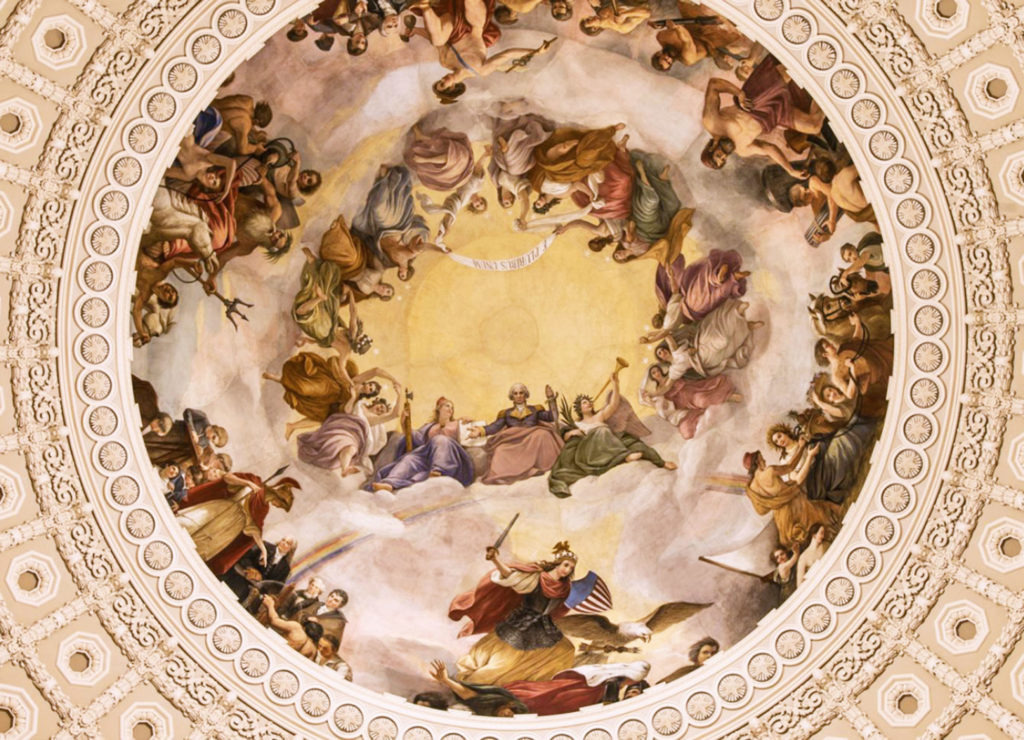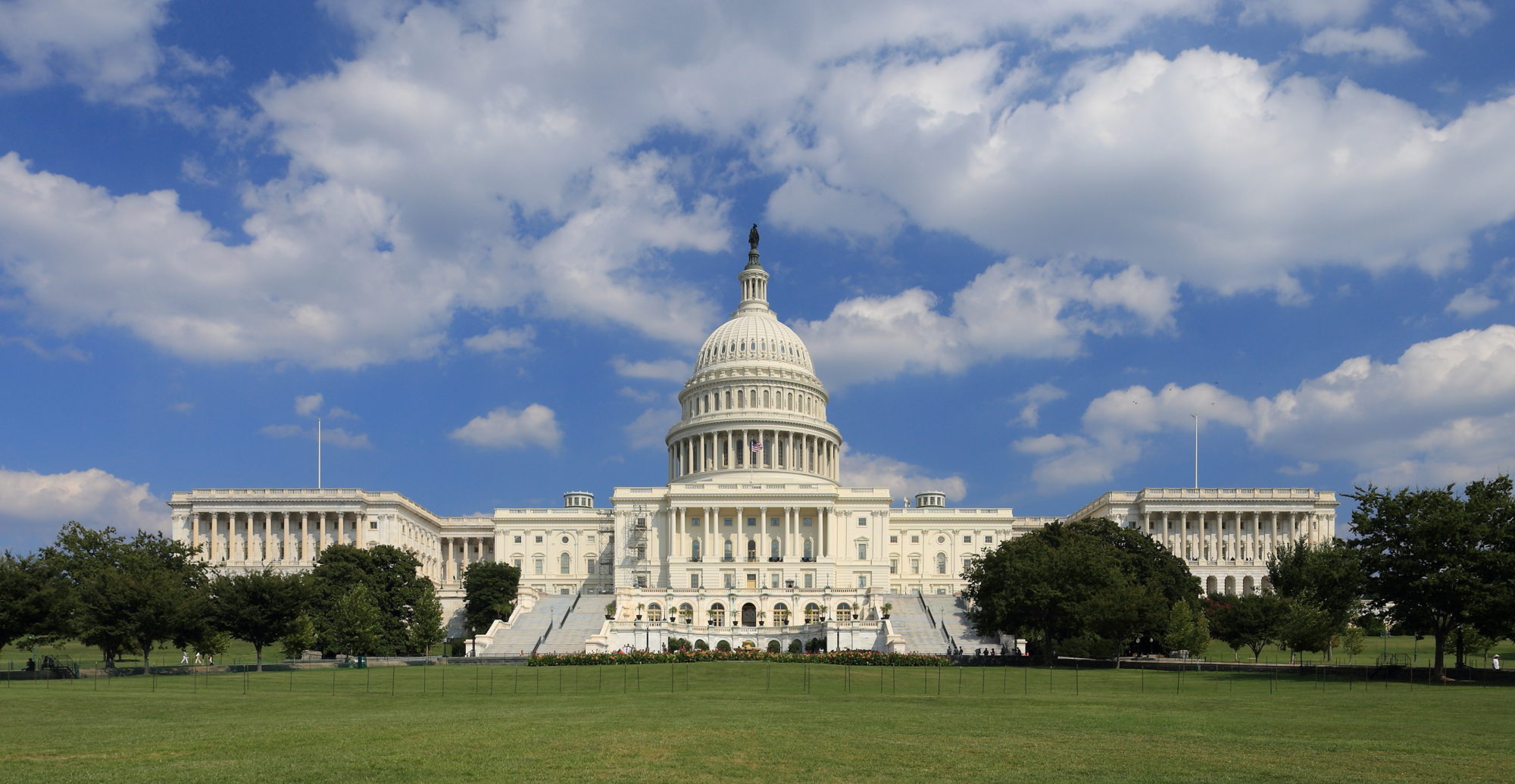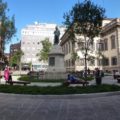Constantino Brumidi
Constantino Brumidi was one of the many Italian Americans who died without recognition of his incredible work. It took more than a 125 years for the nation to recognize his genius.
Brumidi was born in Rome in 1805. He began his studies in art at the age of 13 and continued until he was 27 at the Academy of St. Luke, in the full range of painting mediums, including fresco and sculpture. He achieved a mastery of the human figure and learned how to create the appearance of three-dimensional forms on flat surfaces, an effect called trompe l’oeil.
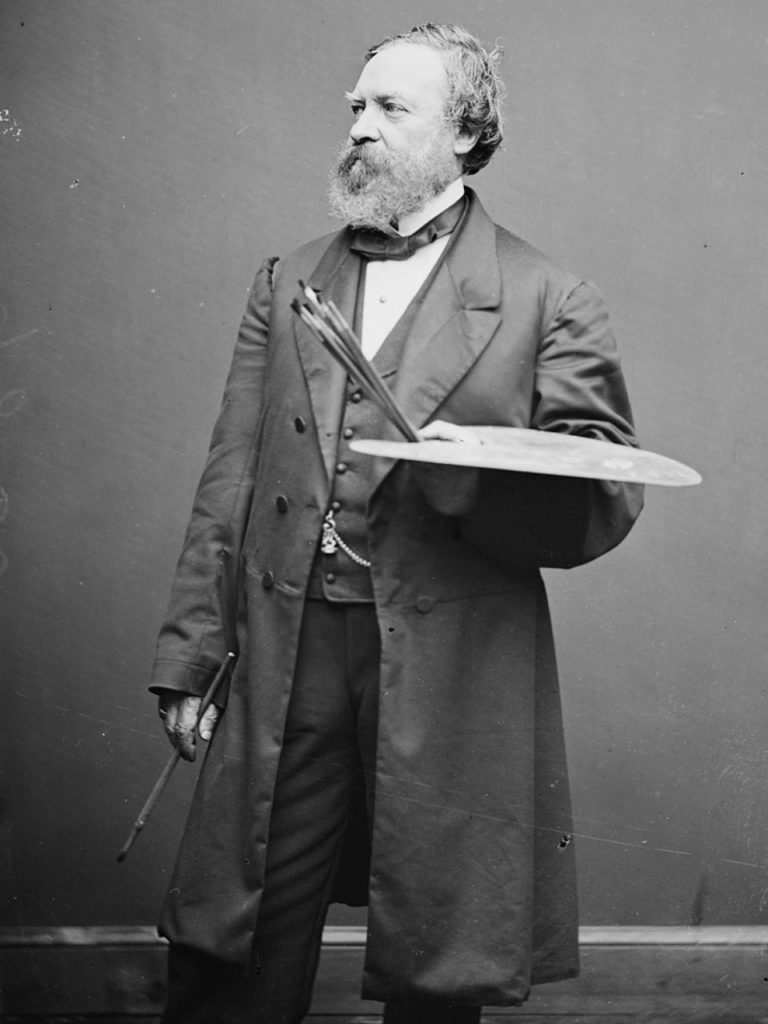
Early work of brumidi
At the Roman villa of the fabulously wealthy Torlonia family, he was in charge of decorating the new theater with murals, including trompe l’oeil architectural forms, as well as classical motifs. Brumidi also worked extensively for the Vatican, restoring frescoes for Pope Gregory XVI and painting the official portrait of Pope Pius IX. He also served as captain in the civic guard authorized by Pius IX, but when the Pope fled the city and a republic was declared in 1849, Brumidi was caught up by the revolution. He removed a number of valuable objects from church buildings to prevent them from being distributed to peasants. This led to an accusation that he had pilfered the objects for himself. Despite sworn testimony by others explaining his actions, he was sentenced to 18 years in prison. It was Pius IX who intervened. The Pope pardoned Brumidi, but suggested that the political climate in Rome was ill-suited to the artist and plans were made for him to sail to America, where he was promised work in churches.
Arriving in New York in September 1852, Brumidi immediately applied for citizenship, which he was granted in 1857. He undertook private portrait and domestic commissions, as well as painting altarpieces and murals in numerous churches. His greatest work was to take place in the monumental frescoes that he painted in the U.S. Capitol. He worked intensively through the early 1860s, but slowed his pace after 1865, continuing to add murals throughout the 1870s. His artistic vision was based on the wall paintings of ancient Rome and Pompeii and on the classical revivals of the Renaissance and Baroque periods.
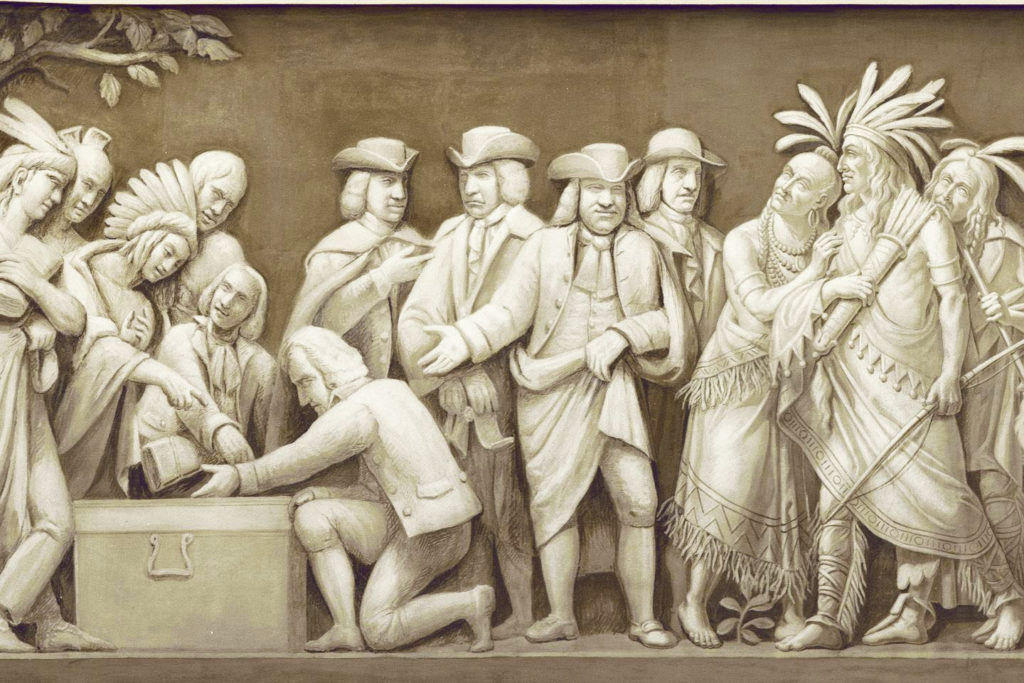
Brumidi and the Capitol dome
Brumidi’s remarkable contributions include the monumental canopy and frieze of the Capitol Dome. In the canopy over the Rotunda he painted “The Apotheosis of Washington” in 1865. It depicts George Washington rising to the heavens in glory, flanked by female figures representing Liberty and Victory, surrounded by six groups of figures. The fresco is suspended 180 feet above the Rotunda floor and covers an area of 4,664 square feet. Some of the figures are 15 feet tall and it is possible to determine who the figures are, whether up close or from the floor far below.
He painted the walls of the Brumidi Corridors and executed murals for several other rooms and office spaces. Brumidi began painting the Frieze of American History in 1878. It was painted in true fresco style, a difficult and exacting technique in which the pigments are applied directly onto wet plaster. As the plaster cures the colors become part of the wall. Consequently, each section of plaster must be painted the day it is laid. The frieze is painted in grisaille, a monochrome of whites and browns that resembles a sculpture. It measures eight feet four inches in height and is approximately 300 feet in circumference. Brumidi stopped with the work less than half completed. Guides of the Capitol Visitor Center Services point to each of the frieze’s scenes, which encircle the base of the Dome, beginning with Christopher Columbus walking into the New World and pauses at the one depicting “William Penn and the Indians.” That is the scene where Brumidi had a brush with death.
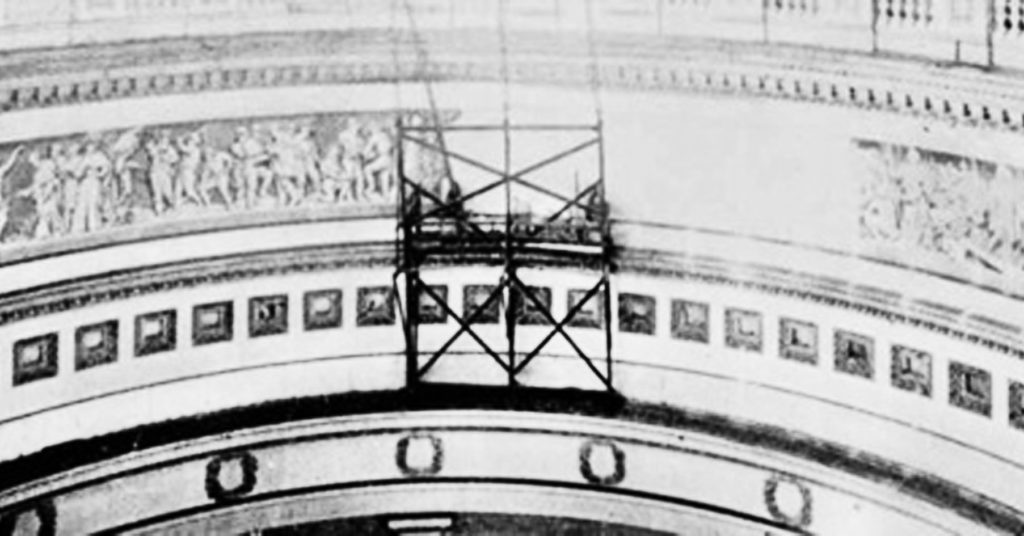
In 1879, while working from scaffolding 58 feet above the Rotunda floor, Brumidi’s chair slipped on the platform. The 74 year-old artist saved himself from falling by clinging to the rung of a ladder for 15 minutes until he was rescued. Uninjured, but quite shaken, he returned to the scaffold only once more and instead worked on enlarging his remaining sketches safely on the ground until his death a few months later in February 1880. Filippo Costaggini carried out Brumidi’s remaining designs between 1881 and 1889, but the entire frieze was not completed until after the Second World War.
Forgotten for many years, Brumidi’s role was rescued from obscurity only in this century. On September 1, 2008, President George W. Bush signed a law that posthumously awarded the Congressional Gold Medal to Constantino Brumidi to be displayed in the Capitol Visitor Center as part of an exhibit honoring him.
